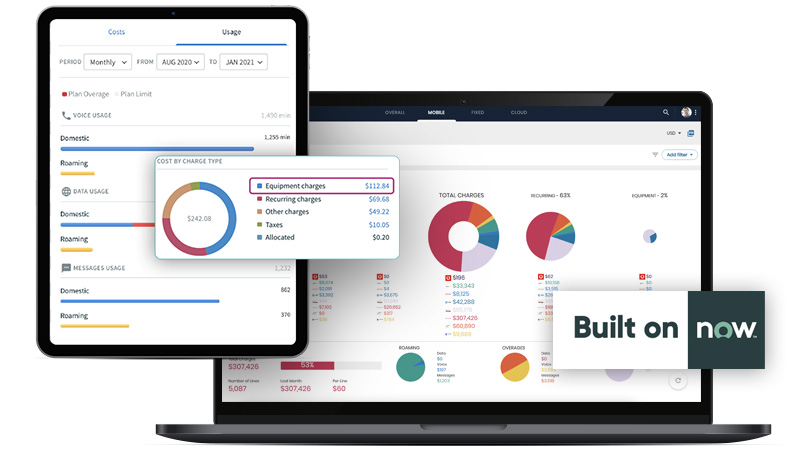Introduction
It is no secret that the economy is going through a rough patch. The uncertainty of what will happen next can be daunting and scary. For IT leaders, this could mean that they need to find new ways to manage their budgets and operations to ensure business continuity. Below are some tips on how you can do just that.
Assess the financial impact of economic uncertainty on your business
By now, you’ve probably noticed the impact that economic uncertainty has on your business. Maybe you’ve heard about a downturn in the market or seen your company’s bottom line take a hit.
But how do you know if this is just part of the ebb and flow of business or something more? And how can IT leaders ensure they’re prepared for an uncertain future? Assess the financial impact of economic uncertainty on your business. Weighing the pros and cons of different scenarios helps IT leaders determine whether to implement changes and when.
Optimize, Automate, and Analyze IT invoices inside of ServiceNow

Consider the IT budget and goal
IT budget cuts are one of the biggest challenges facing IT leaders. They can affect your ability to innovate, grow and thrive in today’s business environment. When a leadership team has less money to spend on IT projects and initiatives, it can be difficult for IT to adapt quickly enough to keep up with business demands.
IT spending trends show a rise in cloud and security for 2023. This likely means more and more platforms for IT to manage, more IT invoices to track, and more tasks for their teams to control.
In uncertain times, it’s important that leaders stay focused on what is most important to their team. Focus on the end goal. What does success look like? How do we get there? What do we need from each other? Ask these questions every day, and keep asking them until they become second nature.
Make sure your team is communicating clearly with each other—and with you! Encourage regular check-ins between teams so they know where they stand and what they need from each other. Don’t let uncertainty lead to communication breakdowns—make sure everyone knows the goal at all times!
Manual processes can cost more than you know
If you’re looking for a way to reduce costs and improve efficiency, it’s time to consider automating some of your business processes.
According to Hubspot, “Organizations automate just 25%-40% of their workflows.”
Manual tasks are often used to copy and paste data between internal and external systems – such as enterprise applications, legacy systems, and programs like Excel. These repetitive tasks require workers to log in and out of multiple systems. This swivel-chairing often requires employees to simply read data from one computer screen and keying it into another.
This type of process is inefficient for a couple reasons. First, manual tasks take up time; they require workers to switch between different applications and even different devices. Second, manual processes are prone to error: Once an error occurs, it can be difficult or impossible to fix without starting over again from scratch (or worse). Thirdly (and most importantly), manual tasks require humans to perform them which means that there will always be some degree of human error involved – even if the human isn’t doing anything wrong on purpose!
When you automate these kinds of processes you can eliminate the time wasted by employees having to switch between devices/apps/etc., reduce the chance for human error because machines don’t get tired or distracted like humans do
Conclusion
We’ve seen some big changes in technology over the past year, but one thing is certain: IT leaders will continue to find ways to use technology to make their businesses more efficient and agile. The key is to be flexible and adaptable while staying focused on your long-term goals.
Most TEM providers have acquired different software companies over the years, leaving customers with a fragmented experience using different pieces of software for various expenses. With brightfin, everything is built on one platform, which allows senior IT and Finance leaders to get full visibility of IT expenses, allocations, and more.





